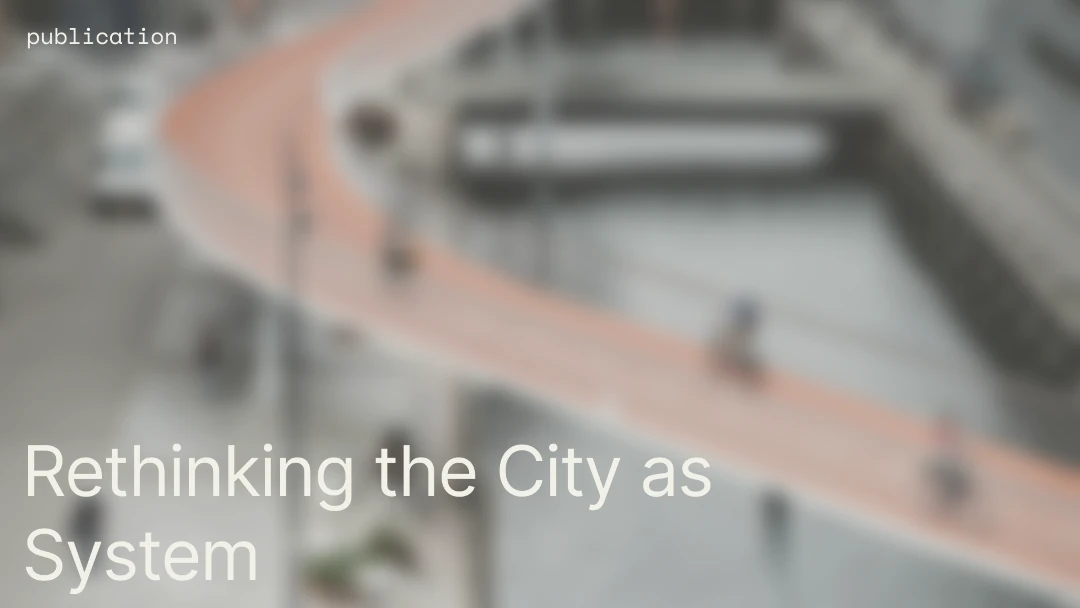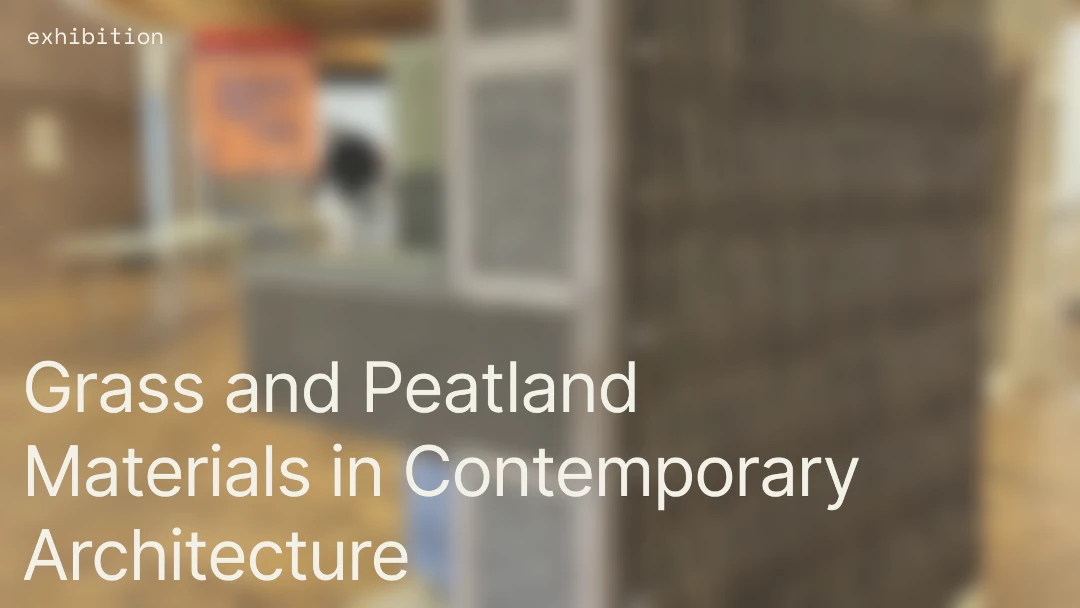
Exploring alternative materials in the built environment has led to innovative uses of by-products from marine industries. Mussel shells,in particular, are proving to be a practical and widely available resource for design, construction, and environmental restoration. One project making use of these shells is Calcáreo,which takes inspiration from natural processes in marine ecosystems to develop new materials.
Calcáreo is a project by Carolina Pacheco that examines how marine organisms create mineral structures and applies that knowledge to developing materials. The aim is to change the process in a way that minimises disruption to natural systems. The project also encourages a different way of thinking about production and materials, making its processes open-source so that more people can experiment with and adopt its methods.

Calcáreo’s material is a biocomposite made from finely ground mussel shells and an alginate solution,a natural binder derived from brown algae. The result is a material similar to ceramic that can be shaped into temporary or symbolic objects. When submerged in water, it dissolves and returns to the ecosystem.
The production process involves:
Using this method, Calcáreo prevents mussel shell waste from piling up in landfills while offering a material that can be reabsorbed into nature when its use is complete.

Beyond Calcáreo, researchers are exploring other ways to use mussel shells in construction. Various studies have examined their potential in different applications.
Mussel shells can replace some components in concrete, including cement, aggregates, and reinforcement fibres. Research suggests they can improve certain mechanical properties while reducing reliance on traditional materials that require significant energy and resource consumption.
Because of their natural thermal and acoustic properties, mussel shells are being tested as an alternative insulation material. The Biovalvo Modulus, an experimental building,incorporated mussel shells into its structure, demonstrating their potential as a practical substitute for synthetic insulation.
Due to their porous structure, mussel shells can be used in urban water management. Some projects have explored their use in permeable pavements, rain gardens, and drainage systems that help manage water more effectively in built environments, particularly in coastal areas.
Some research has shown that mussel shell composites can bind and release copper, which has led to experiments with protective coatings for buildings. These coatings may help protect surfaces while offering a lower-impact alternative to synthetic materials.
Using mussel shells in construction materials presents opportunities to rethink how materials are made and disposed of. Calcáreo highlights the potential of materials that are not only created from waste but also designed to return to nature at the end of their use.
Whether used in biocomposites, insulation, concrete, or water management systems, these shells are proving to be a useful resource that would otherwise go to waste.




























